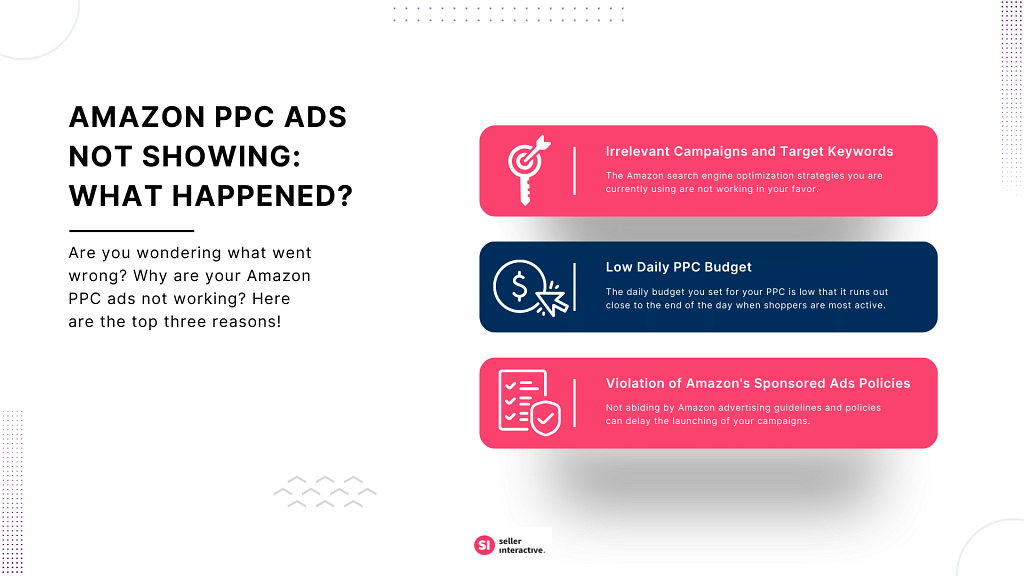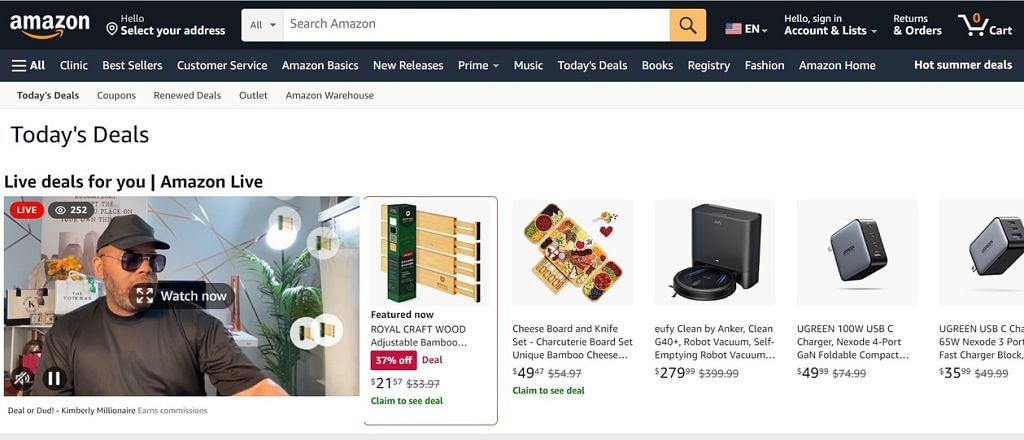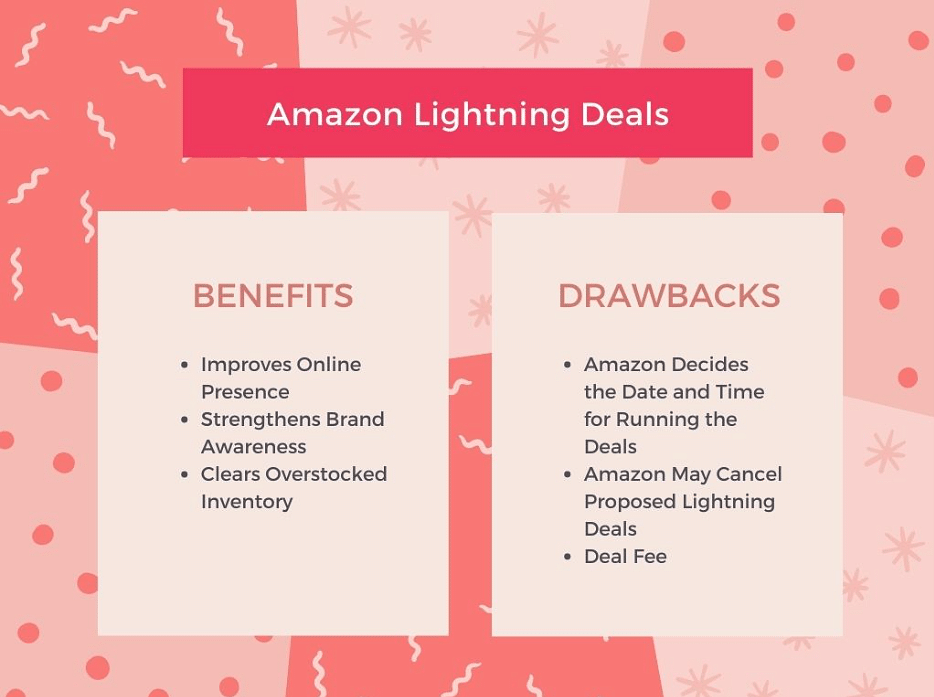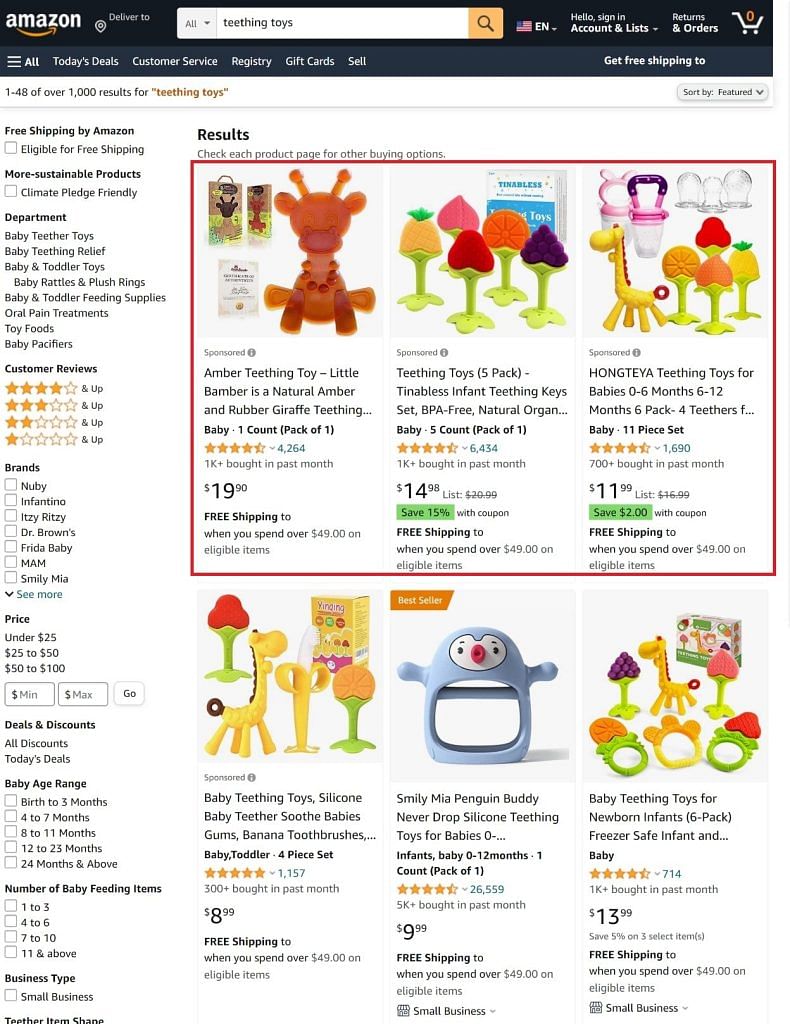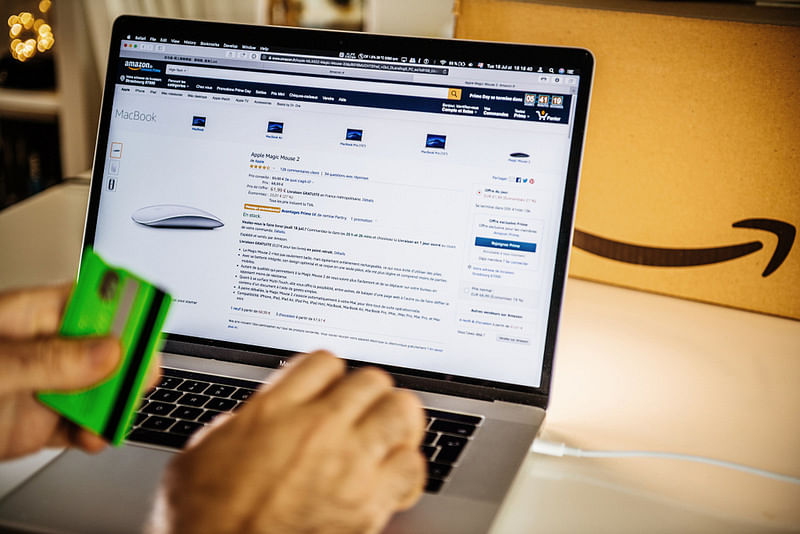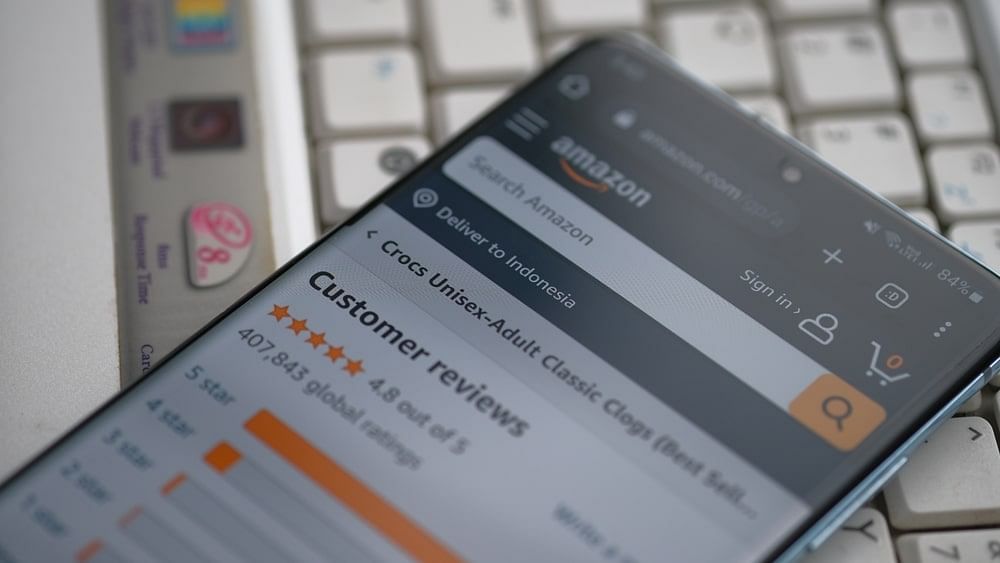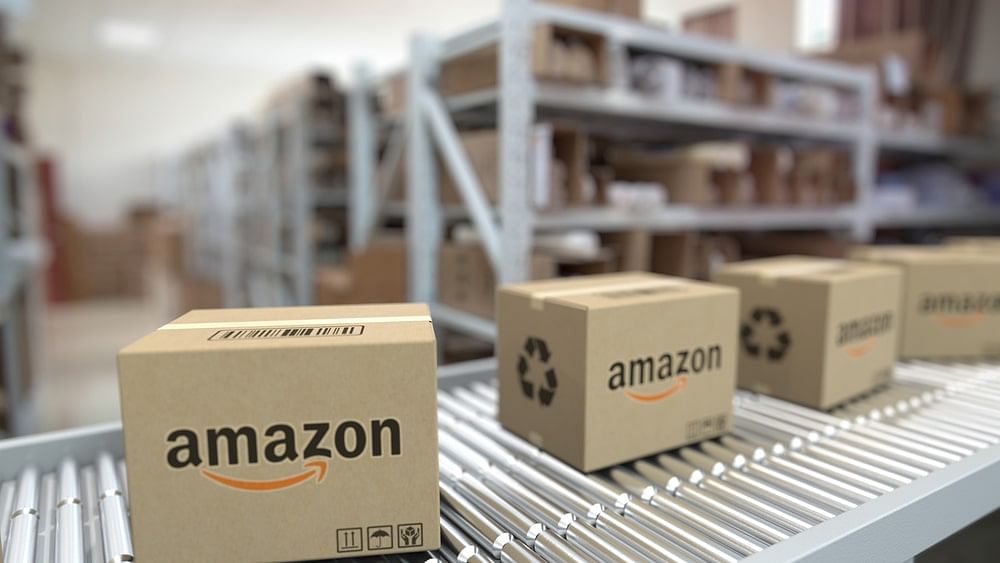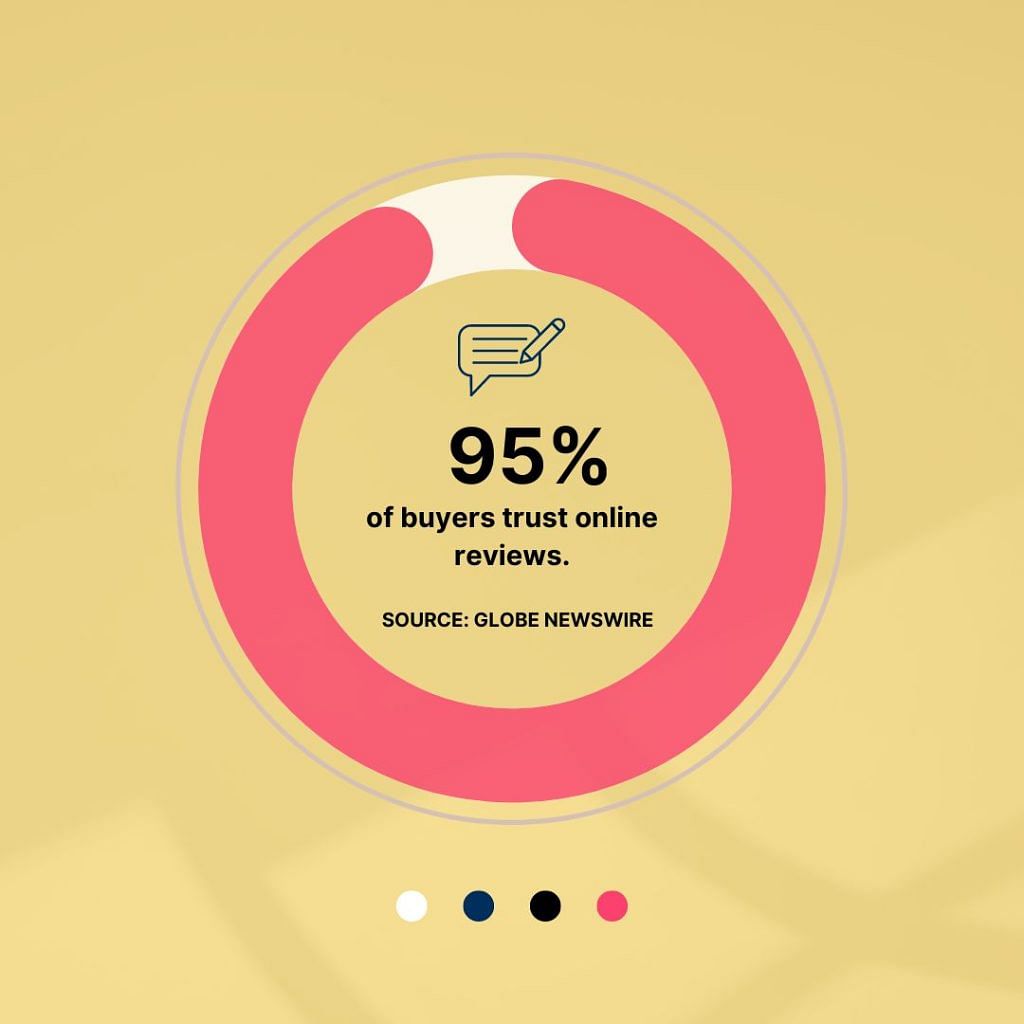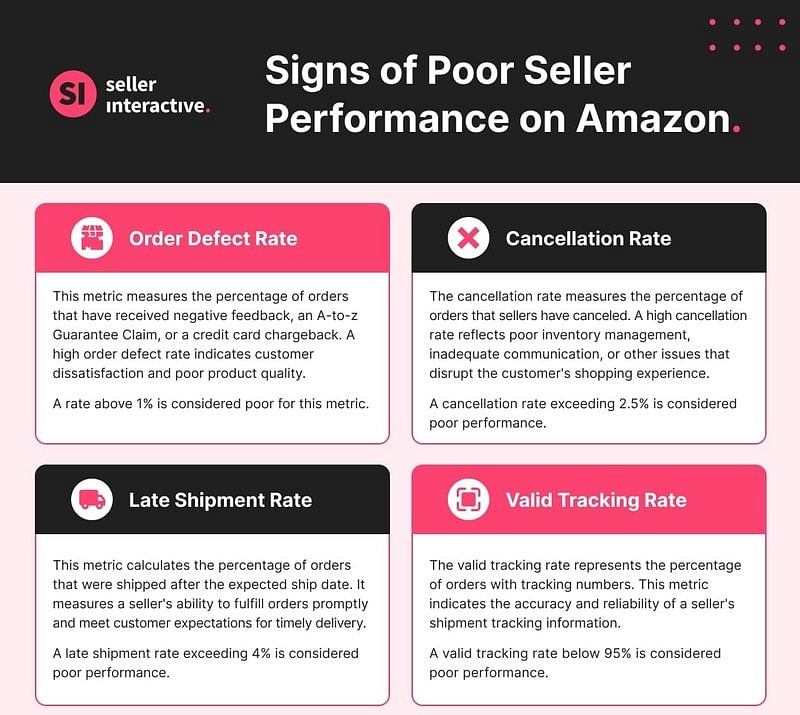How can you break through the clutter of a bustling marketplace filled with countless home and kitchen sellers? If you plan to sell or upscale on Amazon, the answer lies in one great achievement: getting on the Amazon Best Sellers home and kitchen list.
Whether you're a seasoned or rookie seller, earning the best seller badge or a high seller rank is the ultimate opportunity to propel your business to new heights. We'll reveal the secrets that can transform you into one of Amazon's selling sensations, from unfolding the mystery behind customer preferences to fine-tuning your marketing strategies.

Understanding the Amazon Best Sellers List
If you want your product listings to get on the Amazon Best Sellers list, you should first understand what it is and how getting on it can boost your business.
What is the Amazon Best Sellers List?
As the name suggests, the Amazon best sellers list consists of products that sell at the highest level in their respective categories on the giant marketplace. The list is divided into several categories, including home and kitchen. Products that qualify for these lists either have a (1) Best Seller badge or have (2) a specific Best Seller Ranking.
Best Seller Badge
The Best Seller badge is an orange ribbon at the top-left corner of a product detail page. Amazon awards it to top sellers who achieved a high product ranking for sales.
If you have this badge, Amazon will display your listings on top of the customer's search results. They may even appear when a customer searches with an unrelated keyword within your category.
Best Seller Rank (BSR)
Meanwhile, the BSR is an Amazon metric that appears on an item's Product Information section or the information box on the top-right side of a product listing. It indicates how an item sells compared to others within the same category.
BSR scores are real-time and updated more than once daily. Amazon calculates it according to a product's sales volume over time. It may also vary according to the Amazon store. Finally, one product can have more than one BS rank if it falls under multiple categories.

How Is the Best Seller List Determined?
Simply put, you need to have a high number of sales within a short time.
The Best Seller list considers both recent and all-time records and is not affected by page impressions and customer ratings. That said, although a product listing's quality is not a primary indicator of the Best Seller list, it will still affect sales.
Why Should You Aspire to Be on This List?
It's not surprising if you have this question in mind. After all, page views and customer reviews matter in a business. So why dream of getting on a list that doesn't value them as much as sales?
- It is an excellent indicator of how well your product sells on Amazon.
- It provides you with unparalleled exposure to millions of potential buyers.
- It enhances your brand's credibility, fostering trust and confidence in potential customers.
- It makes you a formidable player in the marketplace, showcasing your ability to deliver products that resonate with customers.
- It offers algorithmic benefits. Amazon's algorithm considers product performance on the Best Seller lists when ranking brands.
10 Tips to Get Your Products on Amazon Best Sellers Home and Kitchen Category
Consumers would only want to buy the best—and only the best available fast. This is especially important in categories like home and kitchen, so you must do something to appear on the top searches. Here are some tips on how to land a spot in the Amazon home and kitchen Best Sellers list:

1. Choose the Right Product Category and Subcategory With Care
When listing your products on Amazon, choosing the right category and subcategory carefully is important. This is because sales rank scores fluctuate based on how your item compares to others in the same category. Explore the Best Sellers list and familiarize yourself with all the categories and subcategories to find which is most accurate for your products.
Another way to find the right category and subcategory for your product is by using Amazon's Product Categories. You can find it on the website by clicking "All departments" and selecting "Product Categories."
Here's an example. If you're selling a kitchen gadget, you list it in the home and kitchen category. But that's not all; there are subcategories where it might fit in:
- Kitchen & Dining
- Bedding
- Cleaning Supplies
- Wall Décor
- Furniture
- Bath
- Storage & Organization
- Heating, Cooling & Air Quality
- Home Décor
- Vacuums & Floor Care
- Irons & Steamers
- Kids' Home Store
- Seasonal Décor
If you offer product variations, place the parent ASIN and all its child identification numbers within the same category. Listing your products under the correct category can help Amazon's A10 algorithm identify what product you're selling and properly index your listings.
2. Research What Products Sell Well on the Amazon Home and Kitchen Best Sellers List
The quickest way to get your products on the Amazon Best Sellers list is to offer products already selling well. You can do this by researching what products consistently do well in the Home and Kitchen categories.
To search for these products, access the Best Seller list directly or the Amazon Sales Ranks by searching for it on Amazon and selecting "See all formats and editions." The sales rank appears on the right-hand side of the page below the product price.
| Rule of thumb: The lower the number, the better the product sells. |
Here are some popular product ideas under the Home and Kitchen Best Sellers list worth trying:
Cleaning Supplies
Cleaning tools swiftly emerged as a popular and thriving category on Amazon's Best Seller list. The growing focus on cleanliness and hygiene has created a thriving market for high-quality cleaning products. This increasing demand makes the category a lucrative opportunity for sellers aiming to enter or expand on Amazon.
Rapid Egg Cooker and Other Kitchen Gadgets
Kitchen gadgets, including the popular rapid egg cooker, have emerged as a highly sought-after category on the Home and Kitchen Best Seller list. Customers are increasingly drawn to innovative and time-saving kitchen tools, from simple dishwasher-safe and stain-resistant utensils to smart cutting boards.
Bedding Products
The world is increasingly burdened with stress, so more customers seek comfort and quality from their sleep spaces. Because of this, bedding products for both cold and hot nights have become some of the bestsellers on Amazon, ranging from satin pillowcases to breathable bed sheets.
Drawer Space and Other Storage Units
Smart storage units are all the rage these days as they address the need for efficient organization and maximizing space in cluttered homes and offices. With an increasing emphasis on functional living spaces, you have ample opportunities to cater to the demand of customers looking to streamline their surroundings with this category.
Gardening Materials
Lastly, more people are discovering the joys of gardening and seeking effective solutions for plant care and pest control. This growing interest makes the gardening category blow up and gives sellers who sell related items a chance to thrive in the marketplace.
| Pro tip: It's very tempting to sell an item that is currently selling really well. But you shouldn't consider selling these products right away! Always think long-term when choosing your products. |
What's currently popular may change over time. So ensure that you sell products you're confident in, not only because they're trending at the moment. Ensure you can also sustain the sales in the long run, as it would help boost your business's and listings' search rankings!
3. Identify Your Top Competitors and See What They’re Doing Differently
If you want to stay ahead of your competitors, you need to point out what they do well and where they fall short. One way to do this is by identifying your top competitors and then looking at what products they're selling on Amazon that you're not.
You can find your top competitors by using a tool like Jungle Scout. Jungle Scout is a software that helps sellers analyze data from Amazon to identify profitable products to sell. It also has a feature that allows you to see the best-selling products of your competitors.
Although you'd need to shell out money to avail of these tools' premium versions, consider them a long-term investment!

4. Focus On Customer Engagement From Beginning to End
People won't fully appreciate your product if you cannot give them an immersive and seamless shopping experience. If someone is new to your brand, they may have some questions in mind. Always respond to them as appropriately and promptly as possible.
You should also follow up after they purchase one of your products and implement other ways to encourage five-star reviews and repeat purchasing. Ultimately, the goal is establishing strong relationships with your customers, including fostering trust.
5. Optimize Your Product Listing for Better Visibility
Optimize your product listing to increase your chances of getting your product on the Amazon best sellers list. This means ensuring your title, description, and keywords are relevant and keyword-rich.
Search engine optimization (SEO) is the backbone of your product listings. Without it, you cannot expect your listings to be visible in the search results. Use a tool like Keyword Inspector or Google Adwords to find search terms used by your competition that are also relevant to your product. Apply these keywords to your product listing for better visibility and search ranking.
6. Use High-Quality Images
Having high-quality images of your product can help increase conversions and sales. Potential buyers are more likely to buy a product if they can see what it looks like. We recommend shooting photos from different angles to view the item comprehensively. This helps manage customer expectations and ensure they make an informed buying decision.
The images must also be clear and high-resolution to show the intricate details. Lastly, consider adding lifestyle images to give buyers a better idea of how the product will be used.
7. Use Paid Advertising
If you want your product on the Amazon Best Sellers list, you should start using paid advertising. Paid advertising allows you to place your product before a targeted audience who are more likely to buy it.
You can use a tool like Amazon Sponsored Products to help you place your product in front of the right buyers. It is a program that allows sellers to place ads for their products on Amazon. These ads appear on top when someone searches for a keyword related to your product, making it easier for the consumers to see your product and leading to better sales.

8. Use Various Marketing Tactics to Promote Your Product
Aside from paid ads, you need to leverage other ecommerce marketing methods to get your product on the Amazon best sellers list. Such methods include social media marketing, product bundles, subscription boxes, and more exclusive options for Amazon sellers.
A popular and effective example is creating a social media campaign that targets Amazon shoppers. Use tools like Hootsuite to help you track which social media posts drive the most traffic to your Amazon product page. You can then use this information to create more social media posts and campaigns that make heads turn and stay on your product page.
9. Price Your Products Competitively
One of the best ways to get your product on the Amazon best sellers list is by pricing it competitively. This means setting a price lower than your competition—research and test price points to determine your items' most effective price range. Alternatively, use the Automate Pricing tool to adjust prices automatically based on market trends.
If your margins are tight and you can't match or offer your products lower than your competitors, offer other enticing promotions. Think free shipping and discount vouchers, which can be offered when the buyer reaches a certain amount of spend. Shoppers absolutely love them!
10. Ship Quickly and Efficiently to Amazon Warehouses
Since the sales rate is an important factor in getting your products into the best sellers list, you need to ensure you're shipping your products quickly and efficiently to Amazon's warehouses.
Amazon Prime is a program that can help you with that as it offers exclusive shipping perks like free two-day shipping. Qualifying for it requires being on the Amazon best sellers list, emphasizing the importance of striving for that position.
You can also sign up your business for Fulfillment by Amazon (FBA) to help ship your products quickly and efficiently to Amazon's warehouses. The FBA program allows sellers to send their products to an Amazon warehouse, where they will be stored and shipped out when orders are placed.
Get Your Home and Kitchen Best Sellers on Amazon With Seller Interactive
Getting your product on the Amazon best sellers list is a great way to boost sales and attract more buyers, but it takes a lot of hard work and effort. This is especially true for categories like Home and Kitchen, where the demand remains constantly high and numerous sellers compete for it.
But using the tips we discussed, rest assured that you will find an opportunity to stand out among the crowd of brands in the market.
Work With Seller Interactive's Account Managers!
If you're still unsure or finding difficulty in competing for the Best Seller list, consider working with an Amazon account manager. These pros know the ins and outs of Amazon and can help you bring your product listings to where you want them to be.
Make your business thrive more. We at Seller Interactive are confident that we can help you boost your business and reach whatever your goals are for your listings!


